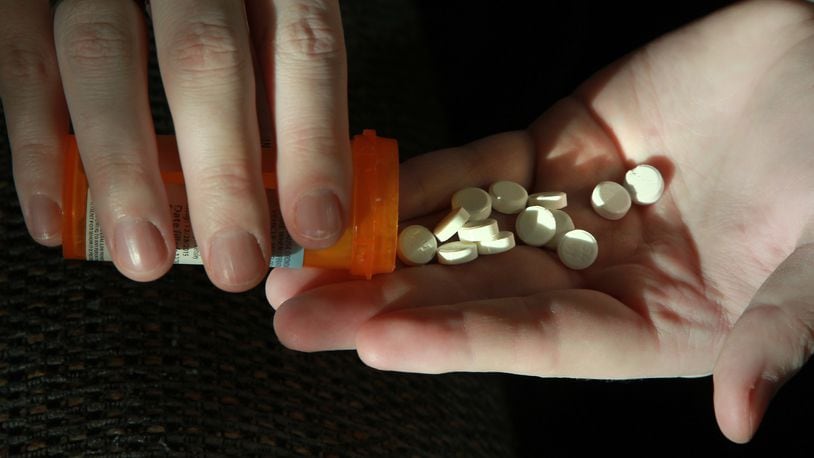RELATED: Workers under employers watch for opioid use
Young children were less likely than teenagers to be admitted to a hospital for opioid poisoning, according to the study. But children are perhaps most vulnerable to the potentially lethal consequences of prescription opioids, which have accounted for tens of thousands of adult deaths in Ohio over the past decade, coinciding with a dramatic increase in the number of prescriptions written for opioids, according to Henry Spiller, director of the poison center, and one of the studies authors.
“If you’re an adult who weighs 200 pounds, a single prescription opioid tablet may make you drowsy. But if you only weigh 22 pounds, like an average 1-year-old, it could be fatal,” Spiller said, referring to the increased toxicity of opioid exposure for people with smaller body masses.
RELATED: Pill bags let users dispose of prescription drugs safely
Overall, there were 175 fatalities in children and adolescents under age 20 across the U.S. during the study period, according to data analyzed from the National Poison Data System.
All of the child victims ingested opioids by “just going out and putting things in their mouths,” Spiller said, while teenagers were more likely to take the drugs intentionally.
“The teenagers knew where the drugs were available in the home, and they ended up either stealing them for abuse or to commit suicide,” said Spiller, who noted the rate of prescription opioid–related suspected suicides among teenagers increased by 52.7 percent during the study period.
RELATED: County strained by efforts to curb drug deaths
As dire as the situation may seem, policies aimed at fighting opioid addiction, including Gov. John Kasich’s efforts to shut down so-called “pill mills” in Ohio, have had a positive impact in recent years, Spiller said.
According to the study, the annual number and rate of opioid exposure for all youth under age 20 began to decline from 2009 to 2015 — when many state and federal opioid drug policies and prescribing guidelines were implemented — after surging by 86 percent in the prior decade.
But the study also uncovered disturbing trends that continue to threaten the lives of young children, in particular.
For example, contrary to trends for other prescription opioids, exposure to buprenorphine, otherwise known as Saboxone, increased rapidly in the final three years of the study.
And children age 5 and younger accounted for 90 percent of exposures to buprenorphine, a less potent opioid prescribed to ween addicts off more powerful opioids, such as Vicodin and Percocet.
“That really stood out to us,” Spiller said. “Almost all of the exposure to buprenorphine was in children, and we don’t know why.”
About the Author
